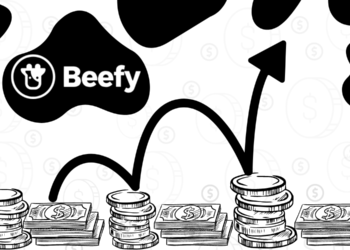Trading cryptocurrency can be a rewarding but highly volatile endeavor, and traders often find themselves in need of clear guidelines and essential metrics to help make informed decisions. Here, we’ll discuss some of the critical factors to consider when trading digital assets.
- Market Capitalization (Market Cap): This metric provides a snapshot of the cryptocurrency’s overall value in the market. Traders often use it to compare different assets and assess potential growth.
- Price and Volume: Monitoring a cryptocurrency’s price movements and trading volume is fundamental. Unusually high volume can indicate strong interest or market manipulation.
- Volatility: Cryptocurrencies are known for their price volatility. Studying past price swings can help traders anticipate future market behavior.
- Technical Analysis: Techniques like chart patterns, candlestick analysis, and moving averages can assist traders in identifying potential entry and exit points.
- Fundamental Analysis: Evaluating the underlying technology, team, and real-world use cases of a cryptocurrency is crucial for long-term investments.
- News and Sentiment Analysis: Cryptocurrency markets are sensitive to news and public sentiment. Staying updated with the latest news and social media trends can offer insights into market sentiment.
- Trading Pairs: Traders should understand the trading pairs they are using. The pairing can impact liquidity and trading strategies.
- Trading Strategy: Decide whether you are a day trader, swing trader, or long-term investor. Each strategy requires a different set of metrics and approaches.
- Risk Management: Knowing how much you are willing to risk per trade and setting stop-loss orders are essential for protecting your capital.
- Diversification: Spreading your investments across different assets can help manage risk.
- Regulatory Environment: Be aware of the regulatory landscape in your region. Regulations can significantly impact your trading activities.
- Community and Developer Activity: A cryptocurrency with an active and engaged community, as well as ongoing development, often signifies a healthy project.
- Market Depth: Understanding the order book’s depth can provide insights into potential price levels with significant support or resistance.
- Security: Prioritize securing your assets with reputable wallets and exchanges.
- Tax Implications: Familiarize yourself with tax regulations on cryptocurrency gains in your country.
In the cryptocurrency market, reliable information and calculated decisions are essential. Traders should continuously educate themselves, develop a clear strategy, and stay vigilant in monitoring these key metrics to make well-informed decisions and navigate the crypto market effectively. Trading can be lucrative, but it’s also associated with risks, so a cautious and informed approach is crucial for success.
Disclosure: This is not trading or investment advice. Always do your research before buying any cryptocurrency or investing in any projects.
Follow us on Twitter @thevrsoldier to stay updated with the latest Metaverse, NFT, A.I., Cybersecurity, Supercomputer, and Cryptocurrency news!
Image Source: maximusnd/123RF // Image Effects by Colorcinch












